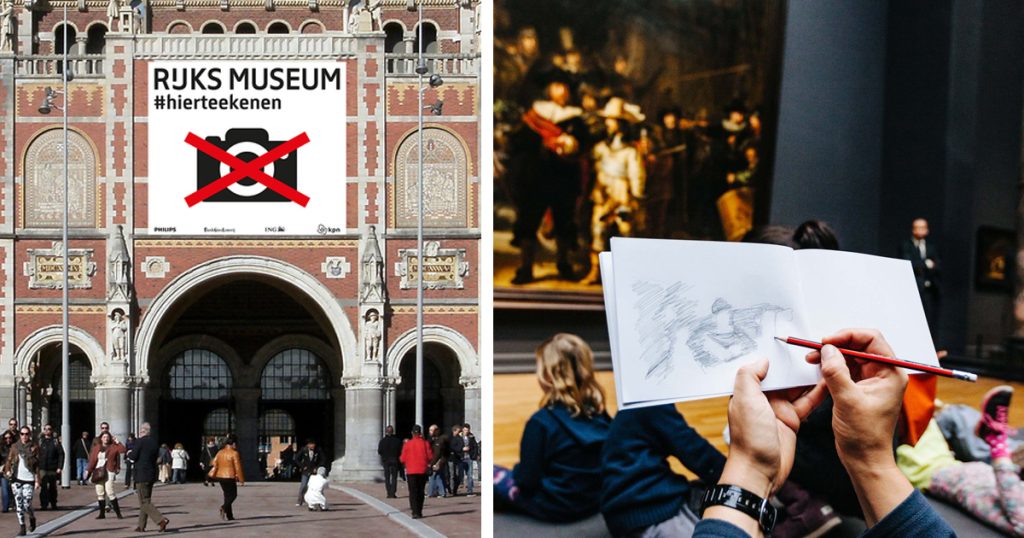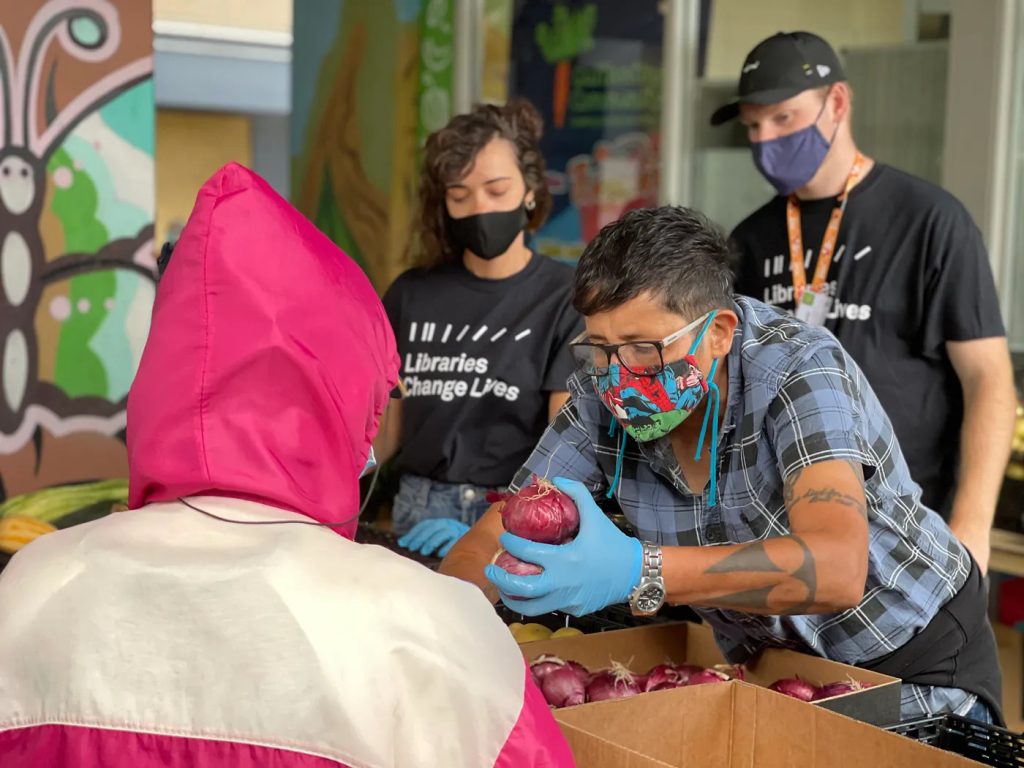The rapid technological advancement of the last decade has significantly transformed museums worldwide, reshaping how they engage with their visitors. Some believe that it has connected more visitors to museum exhibits and artifacts than ever before, while others disagree.
As culturally hyperlinked environments, museums are some of the world’s leading institutions in utilizing incredibly innovative and emerging digital tools for enhancing user experiences.
For example, Tokyo’s National Museum of Emerging Science and Innovation features the 6-meter OLED globe, Geo-Cosmos, to visualize near real-time changes occurring on Earth through geodata.
In 2019, the Prado Museum in Madrid introduced its first 360-degree immersive experience using virtual reality.
In 2016, the National Museum of Singapore launched its Story of the Forest exhibition as an immersive, larger-than-life digital installation that would, along with a smartphone app, provide detailed information about the animated animals among the illuminated trees.
In 2017, visitors to London’s Science Museum were able to immerse themselves in UK space travel history through a VR mission that reenacted British astronaut Tim Peake’s 400 km journey back to Earth, featuring a 12-minute video narrated by him while offering a unique view inside the Soyuz space capsule – an experience difficult to replicate without the use of technology (Charr, 2020).
Moreover, researchers at the Melbourne Museum discovered that Bluetooth technology can enhance visitors’ experiences by (consensually) tracking highly engaged visitors’ movement to provide them with personalized guides based on their visitation patterns (Oliveira & Barba, 2018).
However, opponents argue that although social media has sparked renewed interest into museums and garnered greater attention, attendance and revenue, it’s uncertain whether visitors are there to genuinely appreciate the art or make their next instagram reel (Daily Bruin Staff, 2016).
Consequently, Amsterdam’s Rijksmuseum created the #Startdrawing campaign to strongly discourage the use of cameras / mobile phones, encouraging guests to sketch the artworks rather than solely snapping pictures of them (Wanshel, 2015).
References
Charr, M. (2020, June 17). How technology is bringing museums back to life. MuseumNext. https://www.museumnext.com/article/how-technology-is-bringing-museums-back-to-life/
Daily Bruin Staff. (2016, January 20). The impact of social media on museums, art. Daily Bruin. https://dailybruin.com/2016/01/20/the-impact-of-social-media-on-museums-art
Oliveira, E. A. & Barba, P. D. (2018, December 11). How does learning happen in museums? Pursuit. https://pursuit.unimelb.edu.au/articles/how-does-learning-happen-in-museums
Wanshel, E. (2015, November 23). Museum ‘bans’ cameras and asks guests to sketch art instead. The Huffington Post. https://www.huffpost.com/entry/rijksmuseum-museum-bans-cameras-cell-phones-startdrawing_n_56532ff6e4b0d4093a585383









